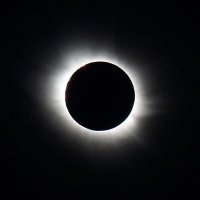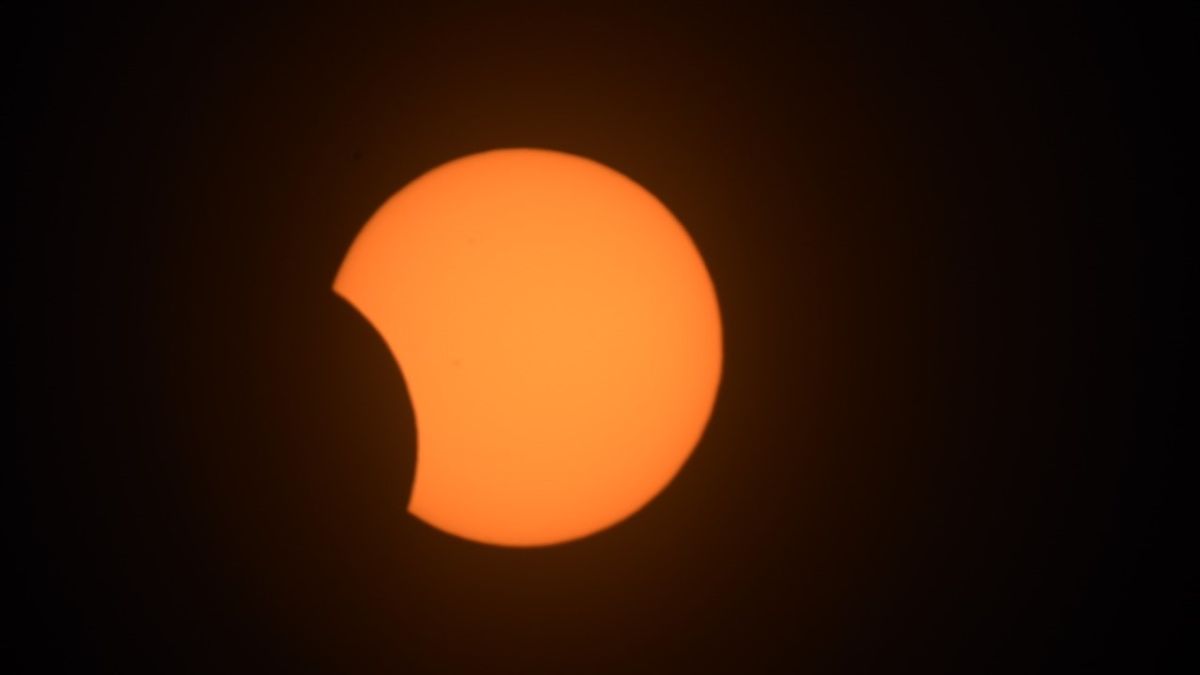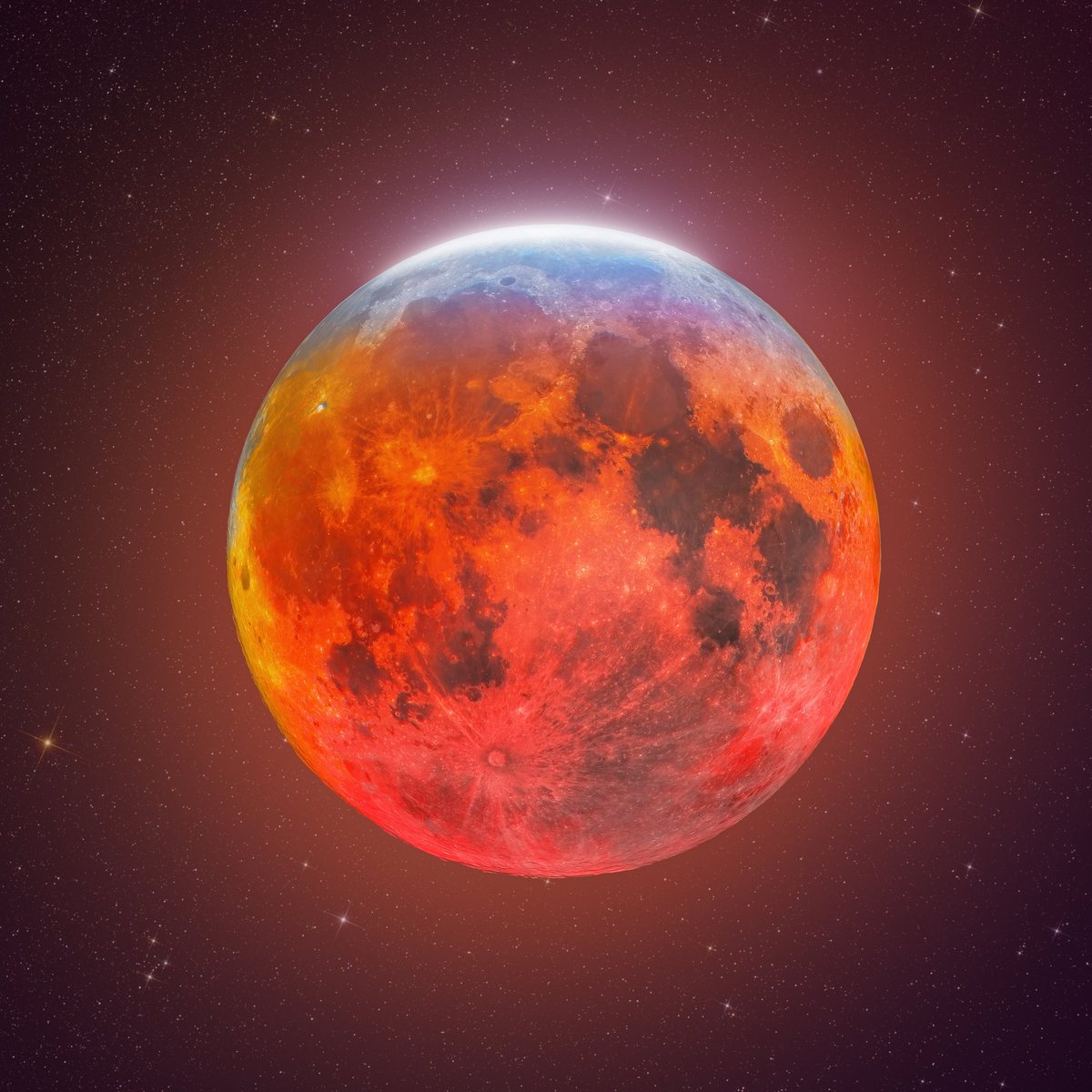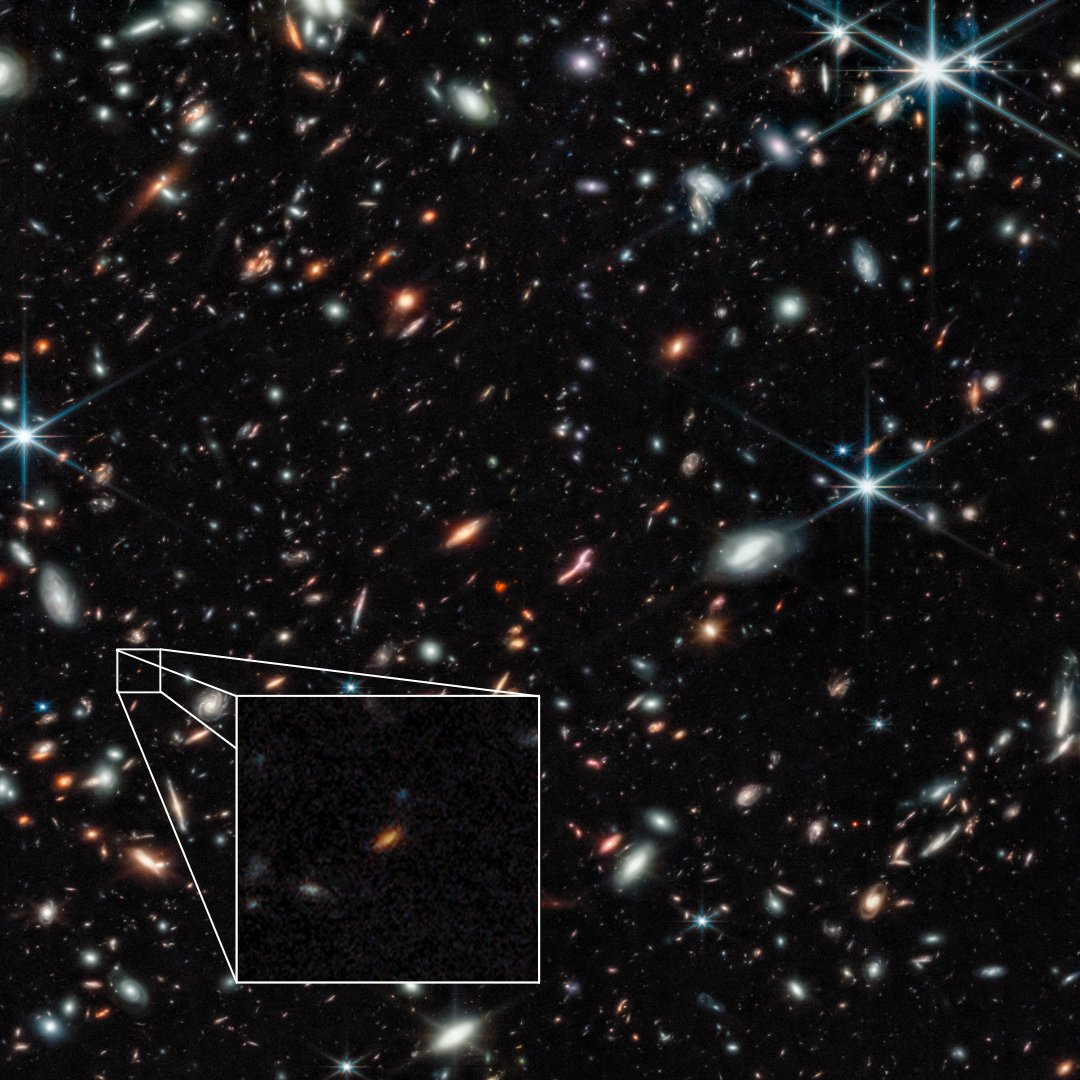
Solar Eclipse Info
@soleclipseinfo
Our mission is to share information with the public about Total Solar Eclipses upcoming across the Earth. From viewing parties, updates, to science.
ID: 2651375672
https://solareclipseinfo.com 16-07-2014 15:25:56
2,2K Tweet
22,22K Takipçi
914 Takip Edilen



Solar Eclipse Info I think that weather is going to be a major consideration for viewing the 2024 eclipse. Unlike 2017, which happened in August on a low-risk-of-clouds trajectory, both the path and the April timing are complicating factors.

















On Monday, Nov. 21, the #Artemis I Orion Spacecraft spacecraft will do a powered flyby of the Moon to set itself on a distant retrograde orbit. We’re previewing the milestone today at 5pm ET (20:00 UTC) during a media briefing. #AskNASA your questions: go.nasa.gov/3ggwfMv








